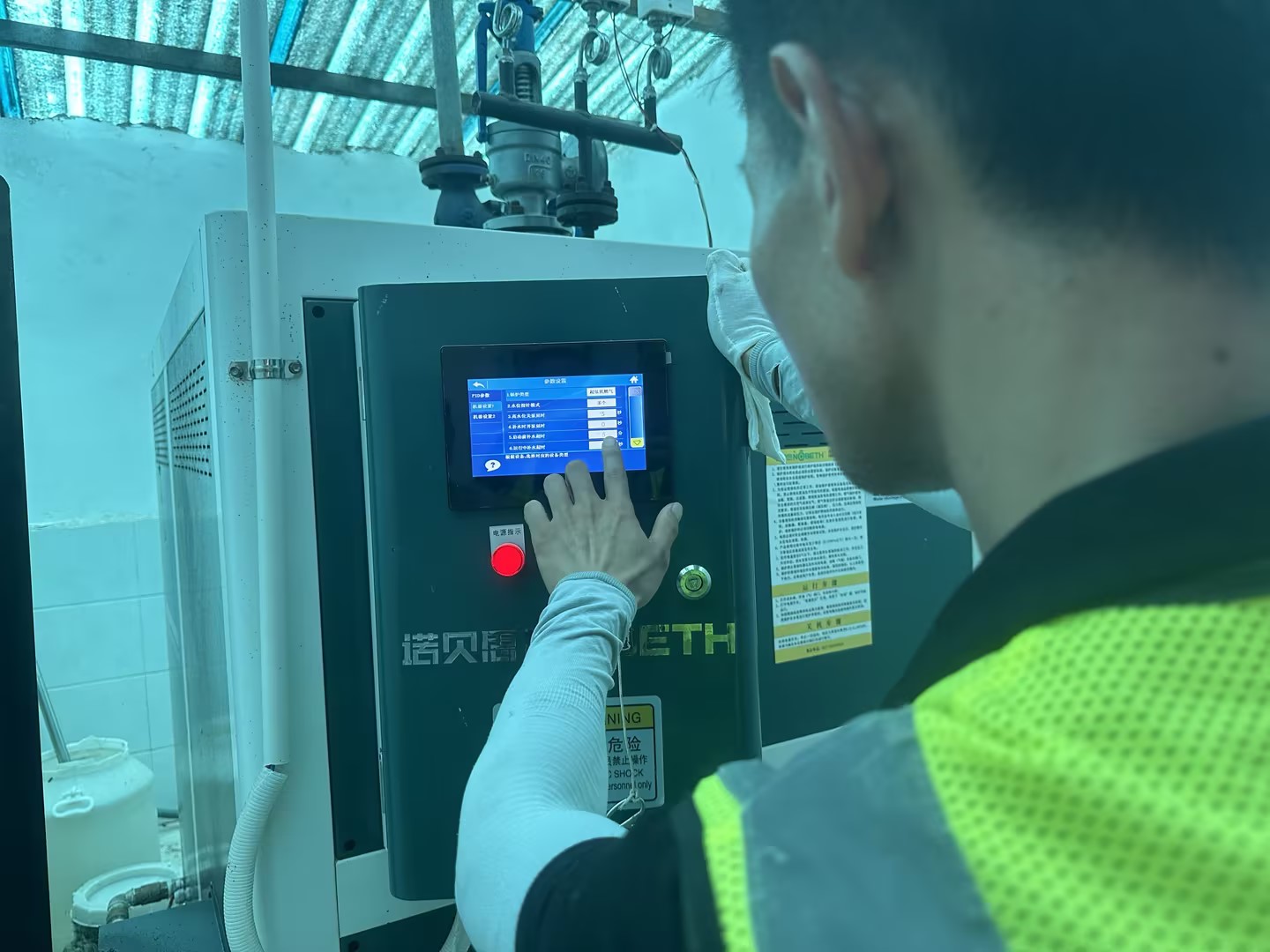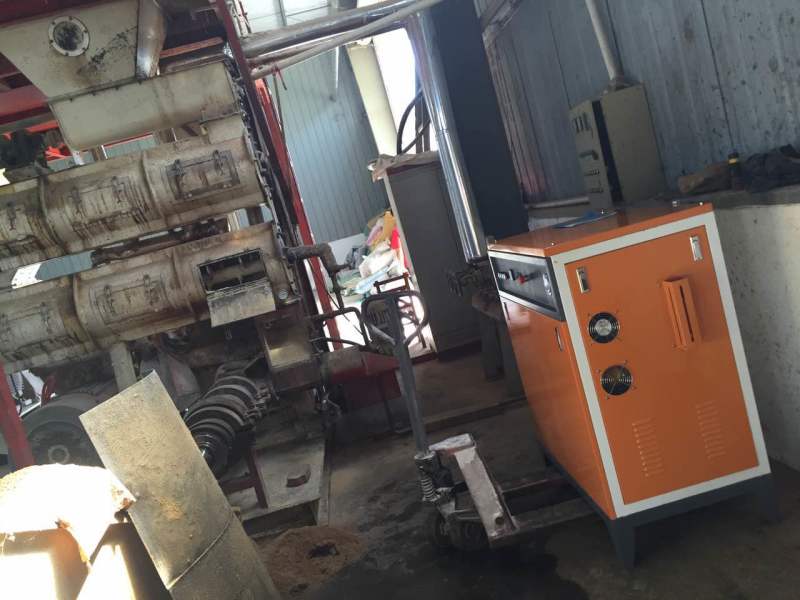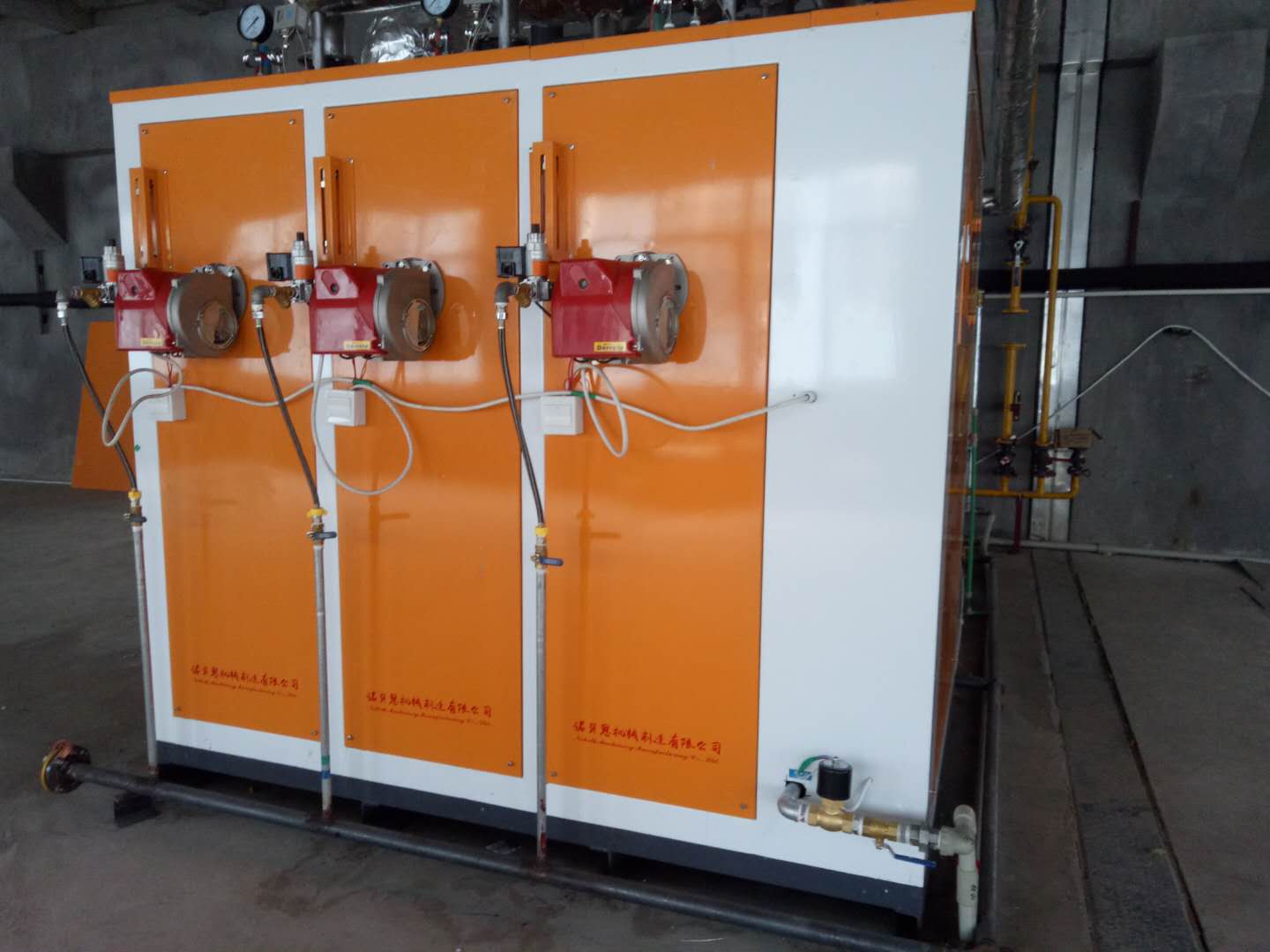The steam used for steaming buns, steamed buns and rice in food factories. On the one hand, steam directly contacts food, and the pollution of steam will affect the safety and quality of food, and the consumption of steam will also affect the cost of a single product.
Steamed buns, steamed buns, and rice are processed through a closed steam box. The steam in the steamer is injected evenly by multiple nozzles, and the temperature in the steamer is maintained above 120°C.
In this application, the quality of steam has a significant impact on the process of steaming buns, steamed buns and rice. There are potential risks if industrial steam generated by boilers or steam from thermal power plants is used.
Industrial steam is produced by boilers, which will carry a certain amount of salt-rich furnace water. During the transportation of industrial steam, pipeline dirt and corrosion and rust along the way will cause secondary pollution of steam, steam yellow water pollution, various impurities in steam, and non-condensable gases Potential influencing factors such as moisture, steam, etc. will affect the product quality of food. Common steam pollution includes physical pollution, chemical pollution and biological pollution.

Since the steam pressure required by the steaming process is only 0.2-1barg; in order to transport steam economically, the steam supply pressure is often 6-10barg. This requires decompression of the steam entering the steamer, and a relatively large decompression pressure difference will lead to The superheating of the downstream steam, the superheated steam has the same characteristics as dry air, although the superheated steam has a higher temperature and has more heat than the saturated steam, but the heat of the superheated part is very small compared with the latent heat of vaporization released by the condensation of the saturated steam Small. And it takes a long time for the temperature of superheated steam to drop to the saturated temperature, the heat penetration rate of superheated steam is much lower than that of saturated steam, and the heating time of steamed buns is prolonged, and the use of superheated steam for heating will reduce the yield of steaming equipment.
Since steamed buns are in direct contact with steam, in order to improve the safety, quality and taste of food, it is necessary to carry out certain pretreatment on the industrial steam required for the steaming process. In terms of economy and convenience, the use of high-precision ultra-filtration devices is a suitable choice for clean steam generation solutions.
The super steam filter device is specially designed for food-grade clean steam. It is made of all stainless steel and has good corrosion resistance and high scale resistance.
The core filter material of the super filter is made of stainless steel sintered felt (fiber high-temperature sintered), with large filtration area, high filter element strength, high filtration precision and long service life. It is suitable for food, beverage, biopharmaceutical and other industries. The inside and outside of the filter element are lined with stainless steel guards, and the overall strength of the filter element is high.
The material of the clean steam filter complies with the relevant regulations of the US FDA (CFR Title 21) and the European Union (EC/1935/2004). All materials, such as stainless steel filter materials, end caps, sealing materials, etc. /2004) in the relevant regulations on food contact materials, the filter element is regenerated by backwashing or ultrasonic water bath cleaning, and the impurities in the filter material are washed out, so as to prolong the service life of the filter element and reduce the cost.
The clean steam filter device is composed of sewage collection and discharge section, high-efficiency steam-water separation and non-condensable gas discharge section, decompression and stabilization section, coarse filtration and fine filtration section, and sampling section (optional). Clean steam quality assurance.

In some heat network steam applications, the clean steam generated by the super filter device is used as pre-treatment steam, and the clean steam after treatment is injected into the heat-insulated all-stainless steel RO water tank, and the steam is bathed in RO water, which can further remove the steam possible biological contamination.
Contaminated RO water will be automatically discharged according to the TDS concentration, reducing energy consumption and heat loss while ensuring clean steam. The water-bath steam device sprays directly in the tank to heat and evaporate OR water to eliminate superheat and realize stable supply pressure of dry saturated steam.
The larger tank can effectively balance the instantaneous fluctuation of the load and the passive supply of ultra-small flow. It integrates the clean steam generator, desuperheater and heat accumulator to realize the clean treatment of the heat network steam, and the whole process There is almost no attenuation and loss of efficiency of industrial steam.
The food-grade clean steam generated by the ultra-filtration device is suitable for most industries such as food, beverage, beer, and biology, as well as applications such as direct injection heating of clean steam, steam sterilization of materials, and sterilization of equipment and material pipeline valves.
Post time: Sep-05-2023





